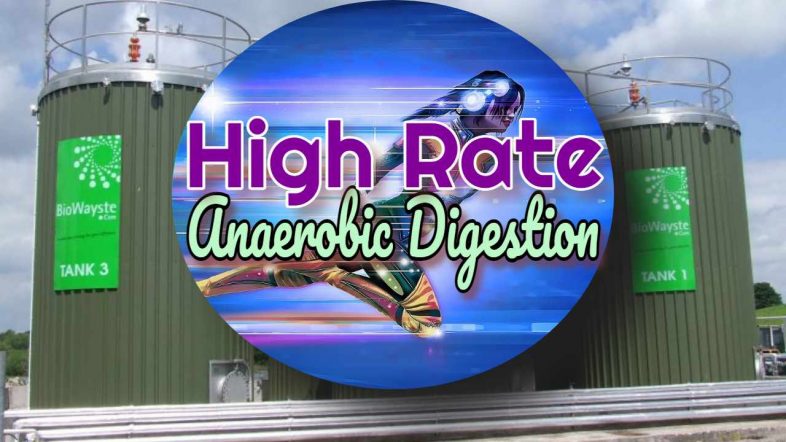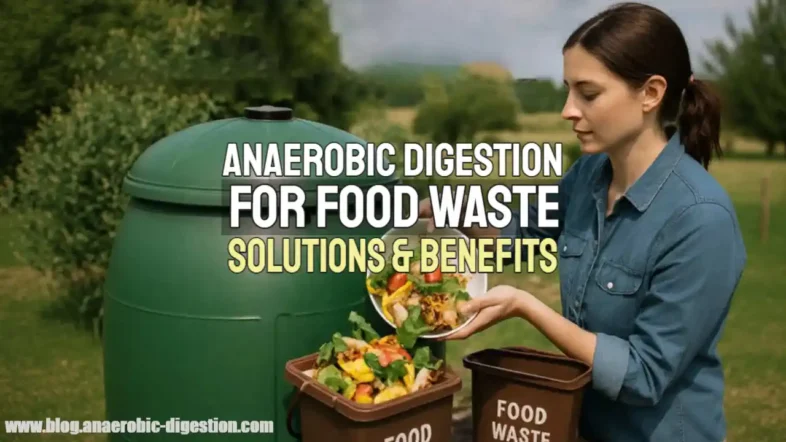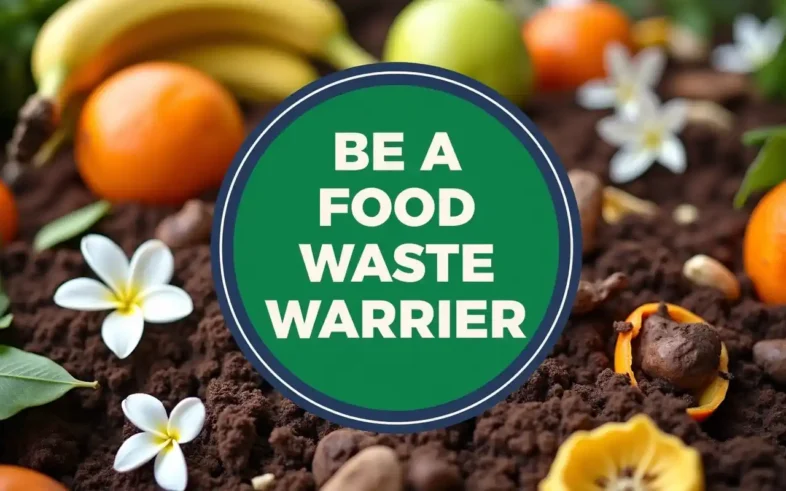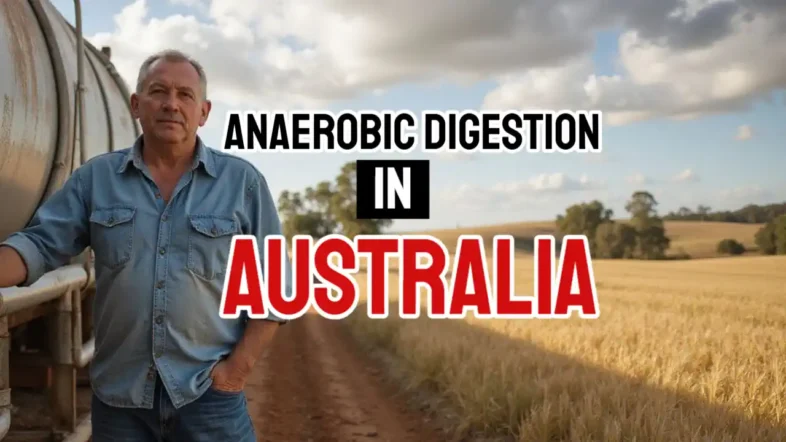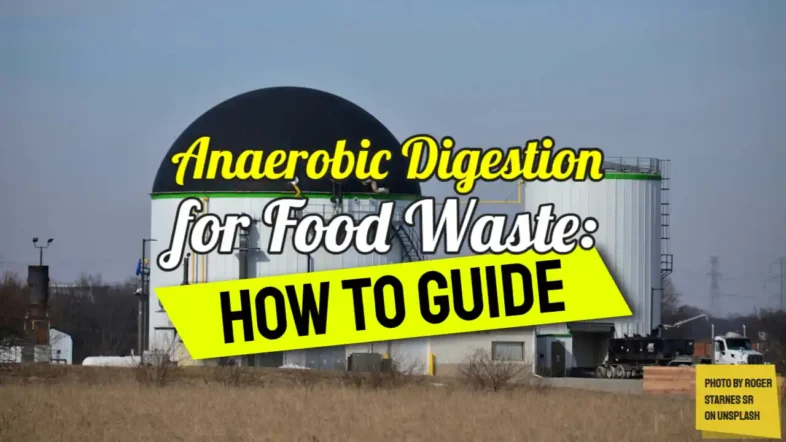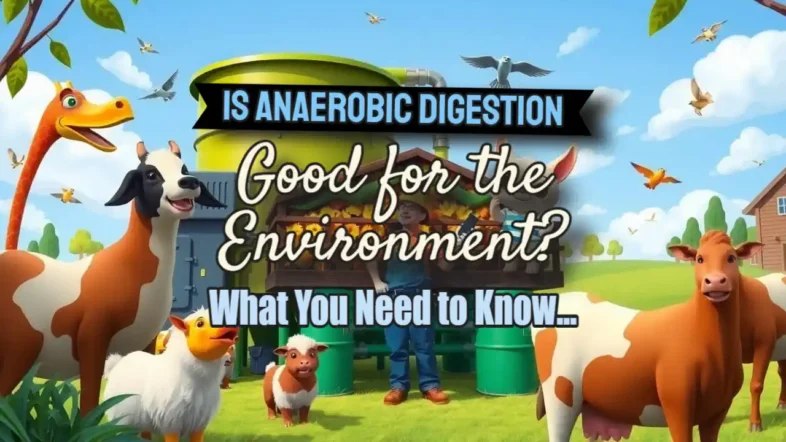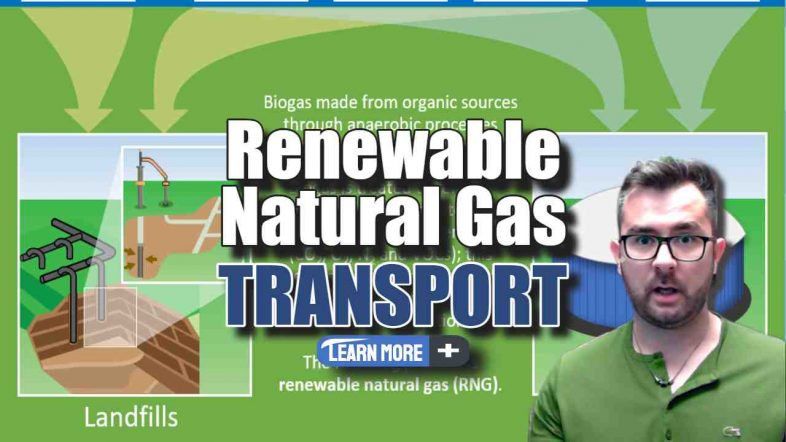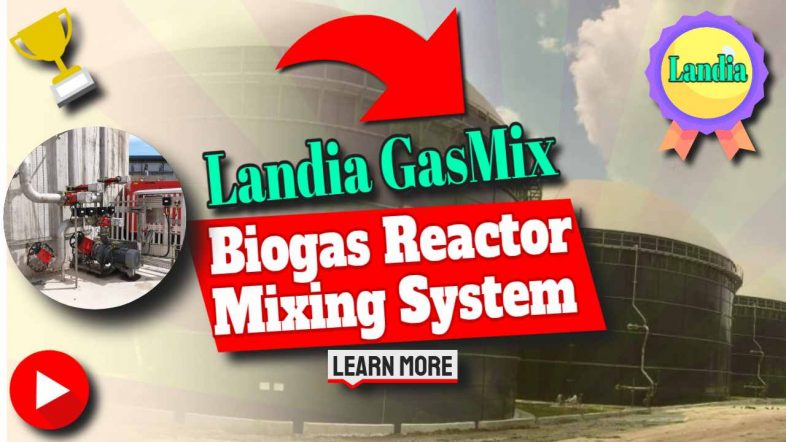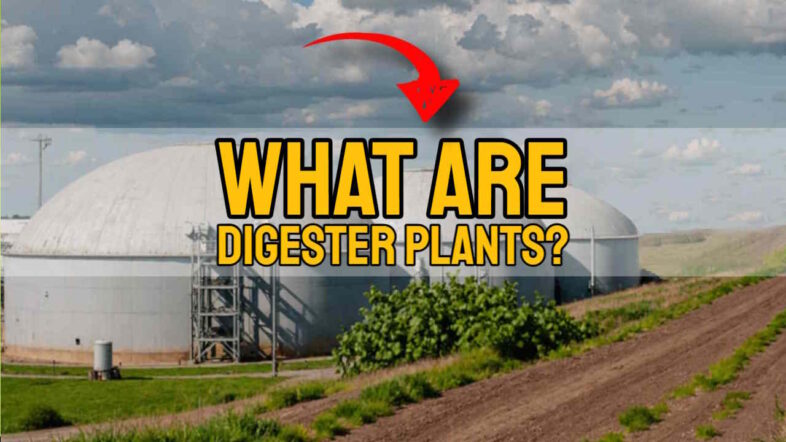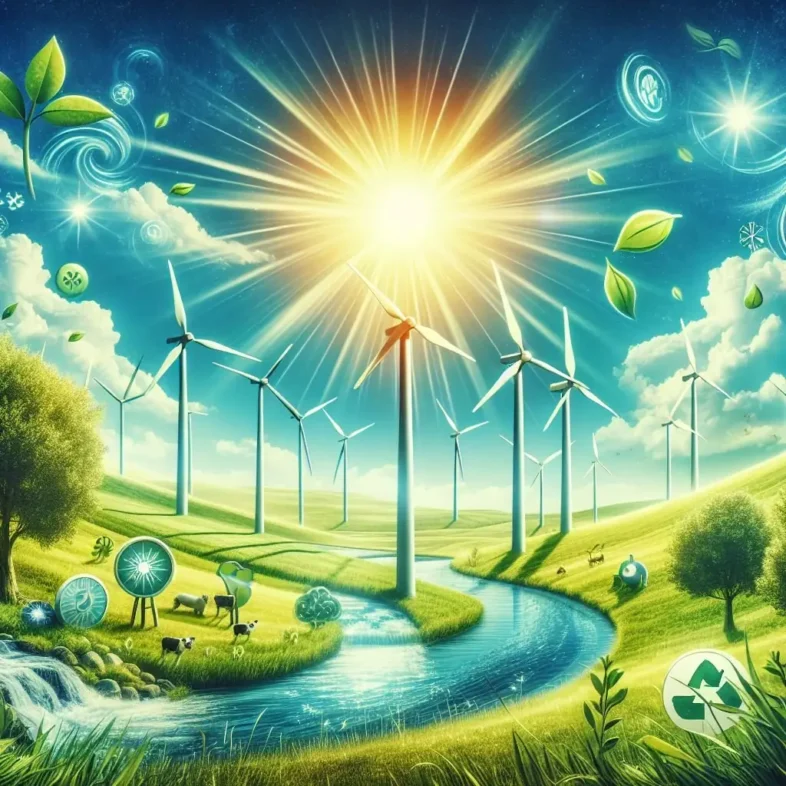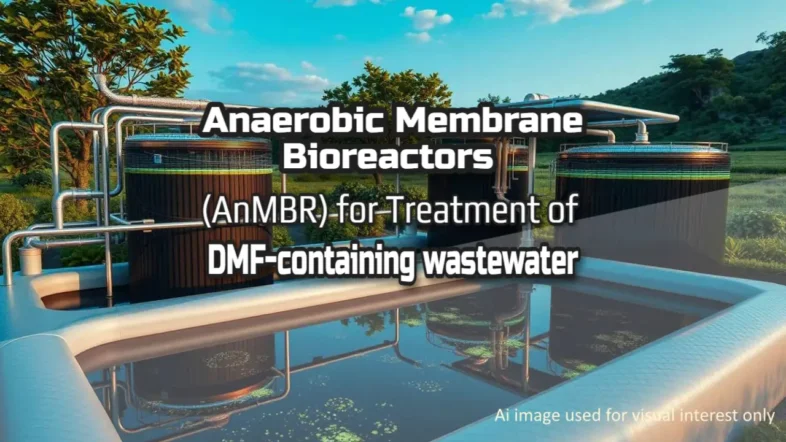Anaerobic Digestion
Anaerobic Digestion for Food Waste – Solutions & Benefits
Anaerobic digestion offers a sustainable solution to food waste by converting it into renewable biogas and nutrient-rich fertilizer. This process significantly reduces greenhouse gas emissions and provides cost savings for businesses. Discover how AD can transform waste management and support a circular economy model…
Anaerobic Digestion Process Steps: From Trash to Cash
There are just four core biochemical anaerobic digestion process steps. They are Hydrolysis, where complex organic matter is broken into simple sugars and amino acids; Acidogenesis, where these are converted into volatile fatty acids, hydrogen, and carbon dioxide; Acetogenesis, where fatty acids are transformed into acetic acid, and finally Methanogenesis, where acetic acid, hydrogen, and […]
Why is Biogas Considered an Excellent Fuel?
Biogas is a clean, renewable energy source offering significant environmental and economic benefits. With high methane content, it is efficient and reliable, addressing waste management while reducing carbon footprints. Discover how biogas is transforming energy production and providing sustainable solutions for the future…
Unlock Anaerobic Digestion Food Waste Benefits Today
Did you know that for every tonne of food waste diverted from landfill using anaerobic digestion, up to 1.9 tonnes of carbon dioxide emissions are avoided? As the UK rushes to meet the 2026 “Simpler Recycling” deadline, England’s councils face not only an urgent climate responsibility but also a hidden environmental threat: microplastics. This article […]
Anaerobic Digestion In Australia
Have you ever wondered what happens to all the food scraps, garden waste, and leftover organics we toss every day? In Australia, much of it still ends up in landfills, producing harmful greenhouse gases like methane. With climate change pressing harder than ever and fossil fuels on the decline, finding cleaner energy sources is no […]
Anaerobic Digestion for Food Waste: How to Guide
Discover the ultimate guide to anaerobic digestion for food waste. Learn how to implement this sustainable solution effectively today.
Is Anaerobic Digestion Good for the Environment? What You Need to Know
Anaerobic digestion reduces greenhouse gas emissions by up to 95% and produces renewable energy. Its byproduct enriches soil and cuts reliance on chemical fertilisers. While initial costs can be high, the long-term environmental benefits make it a compelling option for waste management and sustainable agriculture…
Renewable Natural Gas Transport – Use of Biogas for Vehicle Fuel
As the world shifts towards sustainable energy solutions, renewable natural gas (RNG) stands out as a pivotal player in transforming the transportation sector. At the heart of RNG is biogas, a versatile and eco-friendly fuel that is revolutionizing vehicle fleets worldwide. This article delves into how biogas is making transport renewable, the benefits of biomethane, […]
What are Digester Plants? Uses, Benefits & Examples
Digester plants convert organic waste into biogas and digestate. These facilities help reduce emissions and landfill waste while producing renewable energy. Discover how digester plants achieve this and explore real-world examples like Blue Spruce Farm and Fair Oaks Farms, showcasing successful integration of this green technology…
How is Biomethane Produced?
Biomethane, a renewable energy source, is produced by upgrading biogas through purification. This process relies on anaerobic digestion, converting organic waste like agricultural residues into methane. Despite challenges like high costs, biomethane reduces fossil fuel dependency and cuts greenhouse gas emissions, offering a sustainable energy solution…
Anaerobic Digestion vs Gasification Comparison: Benefits & Differences
Anaerobic digestion and gasification are innovative waste-to-energy technologies. Anaerobic digestion produces biogas through microbial processes, optimal for organic waste. Gasification heats materials to create syngas for varied uses. Both reduce emissions and support renewable energy, with distinct methods and applications guiding their benefits…
Anaerobic Membrane Bioreactors (AnMBR) for Treatment of DMF-containing wastewater
Discover how anaerobic membrane bioreactors (AnMBR) effectively treat DMF-containing wastewater, offering sustainable solutions for industrial waste management and water recovery
